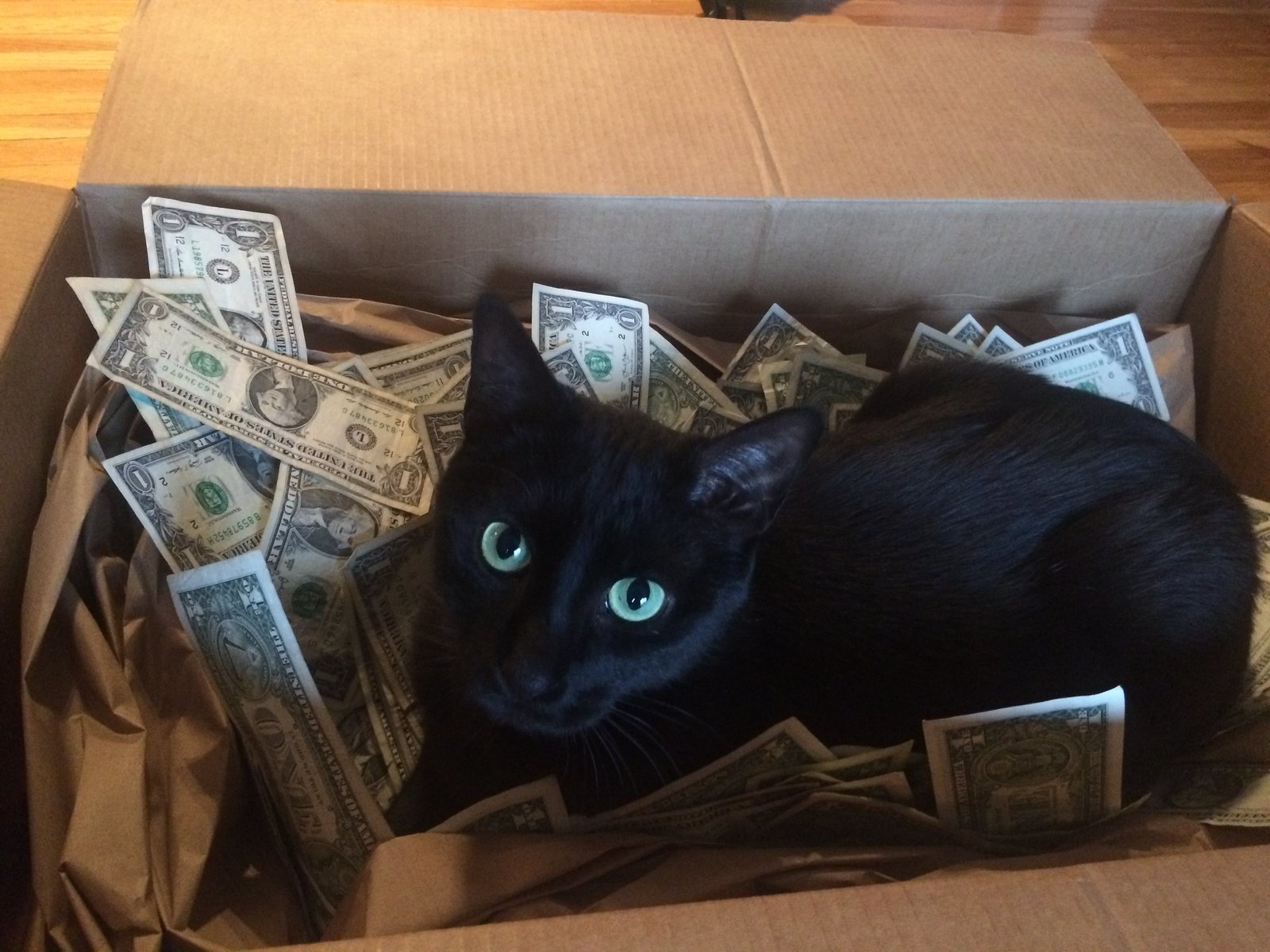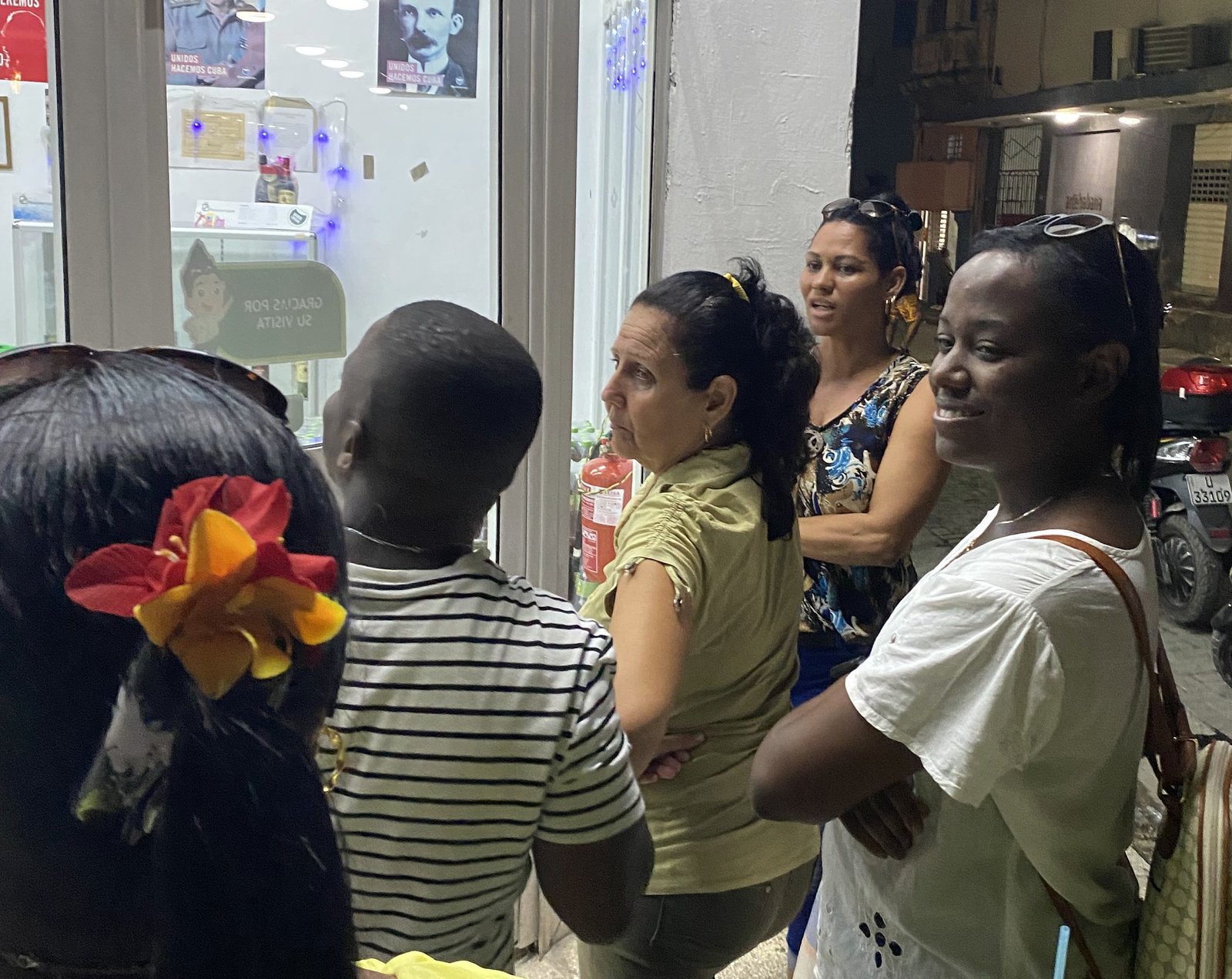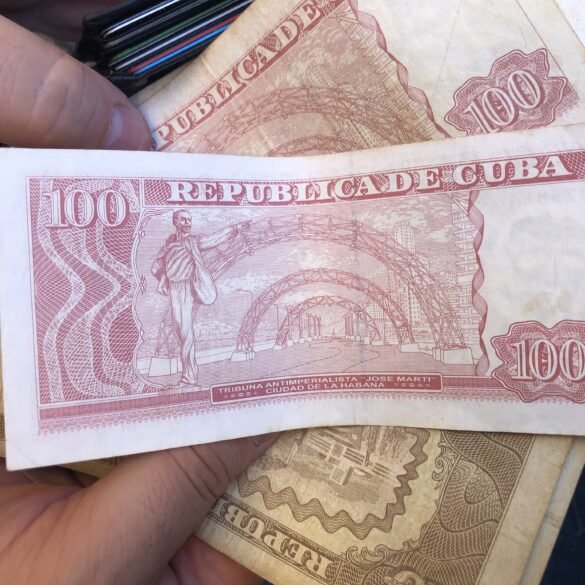Please start with the previous post "Money, Money, Money" where we ask money questions about Cuba, and then continue here, where we answer them.
As we were settling into a colectivo (a shared taxi), one of the fellow tourists started rummaging through his backpack. Unable to find what he was looking for, he took everything out of his backpack and piled it onto the back seat – a paperback of Che Guevara’s “Motorcycle Diaries”, a hoodie, a notebook, and… a giant brick of money. In any other country, this would have been a strange sight, but not in Cuba. Every single one of us in this minibus had the same stack of pesos, dollars, or Euros in backpacks and purses. Had someone decided to rob this particular colectivo, or in fact any colectivo full of tourists, they would walk away with quite a haul. Good thing this type of crime is very uncommon in Cuba.
And yet, the questions had to be asked:
How to keep the money safe?
I worried not just about storing cash in Cuba but also about traveling with it through the airports and various taxis. I spent hours on the internet trying to figure out how to keep our money safe.
“Ok, so there is a can of corn,” I excitedly told Victor, “But it’s not real corn! It has a false bottom, and the can is full of cash!”
“Wouldn’t it be suspicious that we are traveling with a can of corn?” Victor asked. At the time it seemed like a fair concern. Later I figured out that it’s doubtful anyone would have questioned the can of corn as the Cuban grocery stores are basically empty.
“Ok, so we can bring a safe with us! It’s a portable safe, it can be attached to the backpack from the inside.”
“So… what’s stopping someone from stealing the backpack?”
I didn’t know.
“There is a clothes hanger! But it has a pocket on it where the money is stored! You hang a shirt or a jacket on it and the money is hidden in plain sight, whether in the closet or the backpack.”
Victor started whistling a James Bond tune, which I took to be a good sign, and purchased the spy clothes hanger.
I separated and sealed the money in envelopes, to avoid having to recount hundreds of bills every few days. Each envelope was labeled with the number of bills, the type of denomination, and the total sum inside. We split the money – Victor took the Euros, while I kept the dollars.
My fears were largely unfounded. We had no issues crossing the border with that money and no problem keeping it close in our small backpacks as we traveled across the country. A lot of Airbnbs had safes as well. We carried about $100 worth of bills each day, which was more than enough.
On the very last day in Havana, as we were packing up all our stuff, I saw Victor quizzically stare into the closet.
“What is this weird hanger?” he asked. “I took my shirt off it and this hanger looks strange…”
“What?” I laughed. “The James Bond hanger? The hanger where we have been keeping most of our money?”
“You bought it?! You have it? We… we’ve been traveling with it? How did I not know about this?” he was completely and utterly perplexed.
Not only did I manage to hide the money from any potential thieves, but from Victor as well.

What happens if we run out or lose all the money?
Some people try to bring European credit cards with them, as a backup plan. As we didn’t have any, my backup plan was to hitchhike to the U.S. embassy in Havana and get in a line of American tourists asking for help. I have no idea how often this happens and how long this imaginary line is, but the U.S. embassy is basically the only place in Cuba that can contact your relatives and arrange a money transfer from an American bank. Had we ended up in this situation, I might have also tried to get help from other tourists and asked for cash in return for sending them money through PayPal or QuickPay. Fortunately, we didn’t have to resort to plan B, as Plan A (stuff your pockets with cash and try to look inconspicuous) somehow worked.
While we never ran out of money, we did run into a situation where we had to ask other tourists for help. As I mentioned before, U.S.-issued bank and credit cards don’t work in Cuba. It was never a problem to pay with cash until we visited a government store. Victor wanted to bring a few bags of Cuban coffee as gifts and the only place selling pre-packed coffee was a small grocery store behind Gran Teatro. We waited in line outside the door (a quintessential Cuban experience) for about fifteen minutes, left our small backpacks in the cubby by the register, and were escorted in. Only ten people were allowed in at a time.
As I was about to grab the coffee off the shelves, Victor called out to me: “They only take credit cards!”
He checked with one of the employees and apparently the store does not deal with cash and our American credit cards do not work in Cuba. We walked out, empty-handed.
The next day, we came back with a plan. There was another long line outside the store, but rather than get in the back, we went right to the front. There, we found some young European tourists, about to go into the store. We asked if they could possibly purchase 2 bags of coffee (around 7 Euros) for us on their credit card in exchange for 10 Euros cash. Their non-U.S. credit cards worked in Cuba and ten minutes later, we finally had our coffee and they kept the change to buy an extra cocktail or two. Win-win.

Everyone we talk to asks us why we decided to visit Cuba and how we manage to get in, but no one asks how we paid for it. If anything, this and the previous post should be proof enough that the hardest part of navigating Cuba for an American citizen today is money.
As 2023 starts and it’s time to begin this year’s travel planning, we are wishing for all of you more trips and fewer money worries.

